- No products in the cart.
Desa oral solution 0.5mg / ml 100ml vial with measuring spoon or syringe
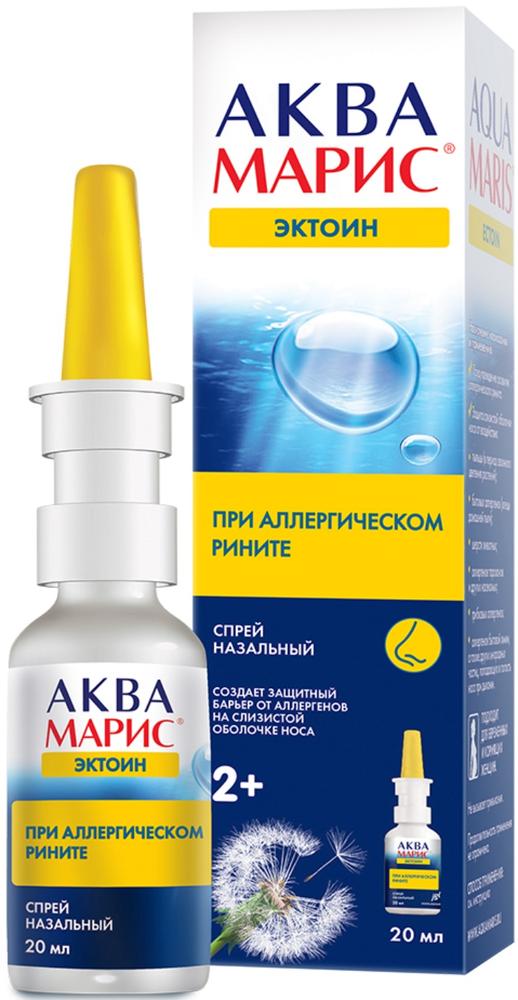
Aqua Maris ectoine nasal spray for the prevention and treatment of allergic rhinitis 20ml
$10.19

Suprastin tab 25mg 20 pc
$2.72
$9.32
Desa oral solution 0.5mg / ml 100ml vial with measuring spoon or syringe
Description
Composition
Active substance:
1 ml of solution contains: 0.50 mg of desloratadine ;.
Excipients:
-147.15 mg sorbitol, propylene glycol – 102.30 mg citric acid monohydrate – 21.06 mg Sodium citrate dihydrate – 16.38 mg Hypromellose 2910 – 2.00 mg sucralose – 1.00 mg Disodium edetate – 0.04 mg, tutti-frutti flavoring – 0,03 mg.
Description:
The clear, colorless solution, free from foreign particles.
Product form:
Solution for oral administration of 0.5 mg / ml. 50, 60, 100, 120, 150 or 300 ml vials of dark glass (type III), closed with a plastic lid with a safety system by children, together with measuring spoon in 2.5 mL or 5 mL syringe or dosing for oral application volume of 5 ml, and instructions for use in a cardboard box.
Contraindications
Hypersensitivity to the active or any excipient the formulation; pregnancy; lactation; up to 1 year (effectiveness and safety have been established); hereditary diseases (fructose intolerance, malabsorption of glucose / galactose deficiency or sucrase / isomaltase in the body) due to the presence of sorbitol in the composition.
WITH CARE severe renal insufficiency.
Dosage
0.5 mg / ml
Indications
To alleviate or eliminate symptoms: allergic rhinitis (sneezing, nasal congestion, rhinorrhea, itchy nose, itchy palate, itching and redness of the eyes, tearing); urticaria (itching, rash).
Interaction with other drugs
Clinically significant interactions with other drugs have been identified (including ketoconazole and erythromycin). Desloratadine does not enhance the effect of ethanol on the central nervous system.
Overdose
Symptoms: receiving a dose exceeding the recommended 9 times (45 mg) did not lead to the emergence of any clinically significant symptoms. May develop drowsiness.
Treatment: to a gastric lavage, administration of activated charcoal; if necessary – symptomatic therapy.
Desloratadine does not appear in hemodialysis, peritoneal dialysis efficacy has not been established.
In case of accidental application into a large amount of the drug should contact a doctor immediately.
pharmachologic effect
Pharmacological group:
Antiallergic agent – H1-histamine receptor blocker.
Pharmacodynamics:
Antihistamine long acting peripheral histamine H blocker receptors. Desloratadine is the primary active metabolite of loratadine. Inhibits the cascade of allergic inflammation, including release of pro-inflammatory cytokines including the interleukins IL-4, IL-6, IL-8, IL-13, the release of proinflammatory chemokines, production of superoxide anion by activated polymorphonuclear neutrophils adhesion and chemotaxis eosinophils selection adhesion molecules such as P-selectin, IgE – mediated release of histamine, leukotriene and prostaglandin D C. Thus, it prevents the development and facilitates the allergic reactions, and possesses protivoekssudativnoe antipruritic effect, reduces permeability capi llyarov, prevents the development of edema, smooth muscle spasm.
The drug has no effect on the central nervous system (CNS), virtually no sedative effect (does not cause drowsiness) and does not affect the speed of psychomotor reactions when taken at the recommended doses. It does not cause QT prolongation on electrocardiogram.
Action desloratadine starts within 30 minutes after ingestion and continues for 24 hours.
Pharmacokinetics:
Admission of desloratadine in the form of a solution equivalent to its use in tablet form, containing a similar amount of active ingredient.
Suction
After receiving the drug inside Desloratadine is well absorbed from the gastrointestinal tract.
Determined in blood plasma after 30 min, and the maximum concentration in plasma (Cmax) is achieved after about 3 hours. There were no clinically significant changes in desloratadine concentration in blood plasma during multiple reception ketoconazole and erythromycin. The bioavailability of desloratadine dozoproportsionalna when receiving a dose range from 5 mg to 20 mg.
Distribution
Communication plasma protein is 83-87%.
In the application for adults and adolescents over 14 days in a dose of 5 mg to 20 mg 1 time / day evidence of clinically significant accumulation of desloratadine it is not marked. The degree of accumulation of desloratadine is consistent with the value of half-life and the frequency of its use once a day. Values area under the curve “concentration-time» (AUC) and Cmax in children were similar to those in adults who received 5 mg desloratadine. Simultaneous food intake or grapefruit juice does not affect the distribution of desloratadine (when receiving a dose of 7.5 mg 1 time / day). It does not cross the blood-brain barrier.
Metabolism
The enzymes responsible for the metabolism of desloratadine, is not yet known, so we can not completely rule out interaction with some drugs. Not an inhibitor of isozyme CYP3A4 and CYP2D6, and is not a substrate or inhibitor of P-glycoprotein. It is extensively metabolized in the liver by hydroxylation to form 3-OH-desloratadine, which is then glyukuroniziruetsya.
breeding
The half-life (T1 / 2) is about 27 hours desloratadine excreted as glucuronide compound and a small amount of unaltered. (Kidney – less than 2% through the intestine and – less than 7%).
Pregnancy and breast-feeding
Use of the drug is contraindicated in pregnancy due to the lack of clinical data on the safety of its use in a given period.
Desloratadine is released in breast milk, therefore its use is contraindicated during breast feeding.
Conditions of supply of pharmacies
Without recipe.
side effects
In children aged from 2 to 11 years in the application of desloratadine frequency of side effects was the same as with placebo.
In children under 2 years in the application of desloratadine observed following undesirable phenomenon, the frequency of which was somewhat higher than with placebo: diarrhea (3.7%), fever (2.3%), insomnia (2.3% ).
In adults and adolescents (12 years and older) were observed when using desloratadine following undesirable phenomenon, the frequency of which was somewhat higher than with placebo: fatigue (1.2%), xerostomia (0.8%), headache (0.6%).
In applying the drug in adults and adolescents in the recommended dosage of 5 mg / day incidence of somnolence was not higher than with placebo.
During post-marketing surveillance is rarely observed following adverse reactions.
Psychiatric disorders: hallucinations.
CNS: dizziness, somnolence, insomnia, psychomotor hyperactivity.
Cardio-vascular system: tachycardia, palpitations.
From the digestive system: abdominal pain, nausea, vomiting, dyspepsia, diarrhea.
Of the liver and biliary tract: increased activity of the liver enzyme, increasing the concentration of bilirubin, hepatitis.
On the part of the musculoskeletal system: myalgia. Allergic reactions: anaphylaxis, angioedema, pruritus, rash, urticaria.
special instructions
The efficacy and safety of the drug Deza in children under 1 year has not been established.
Differential diagnosis between allergic rhinitis and rhinitis different origin in children younger than 2 years presents certain difficulties. In the differential diagnosis should pay attention to the presence or absence of foci of infection or structural abnormalities of the upper respiratory tract, a thorough medical history. examination and appropriate laboratory tests and skin tests.
In approximately 6% of adults and children aged 2 to 11 years is low ability to metabolize desloratadine, desloratadine in these patients appears enduring. The safety profile of desloratadine in children aged 2 to 11 years with a low level of metabolism similar to that of children with normal metabolism of desloratadine. Effect of desloratadine on children under 2 years of age with low levels of its metabolites have not been studied.
In the case of pronounced renal dysfunction drug Desa should be taken with caution.
Effects on ability to drive a car, and management mechanisms
In studies of the influence of desloratadine on the ability to drive vehicles were observed violations of concentration. However, please note that in rare cases, some patients may develop drowsiness, which may affect the ability to drive vehicles and management mechanisms.
Storage conditions
Store at a temperature not higher than 25 C.
Keep out of the reach of children!.
Dosing and Administration
The solution is taken orally, regardless of the meal.
Children aged 1 year to 5 years prescribed by 2.5 ml (1.25 mg) solution 1 time / day.
Children aged 6 to 11 years – 5 ml (2.5 mg) solution 1 time / day.
Adults and adolescents (12 years and older) – 10 ml (5 mg) solution 1 time / day.
Information
Appearance may differ from that depicted in the picture. There are contraindications. You need to read the manual or consult with a specialist
Additional information
| Weight | 0.100 kg |
|---|---|
| Manufacturer | Deza |

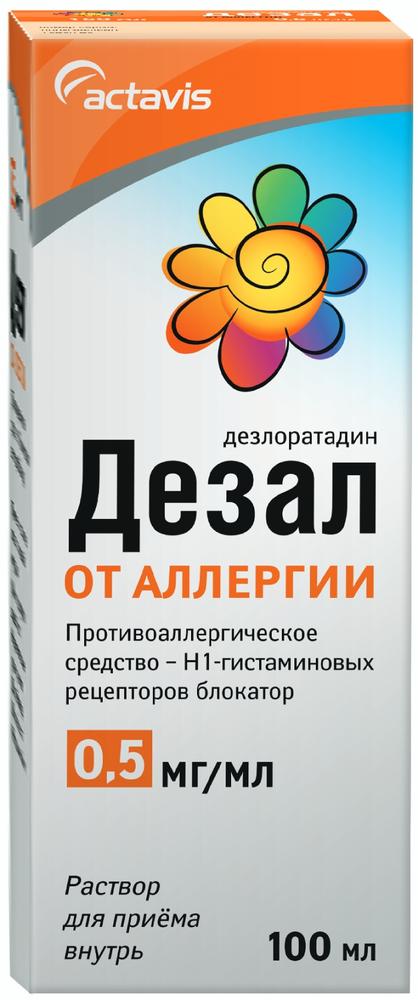

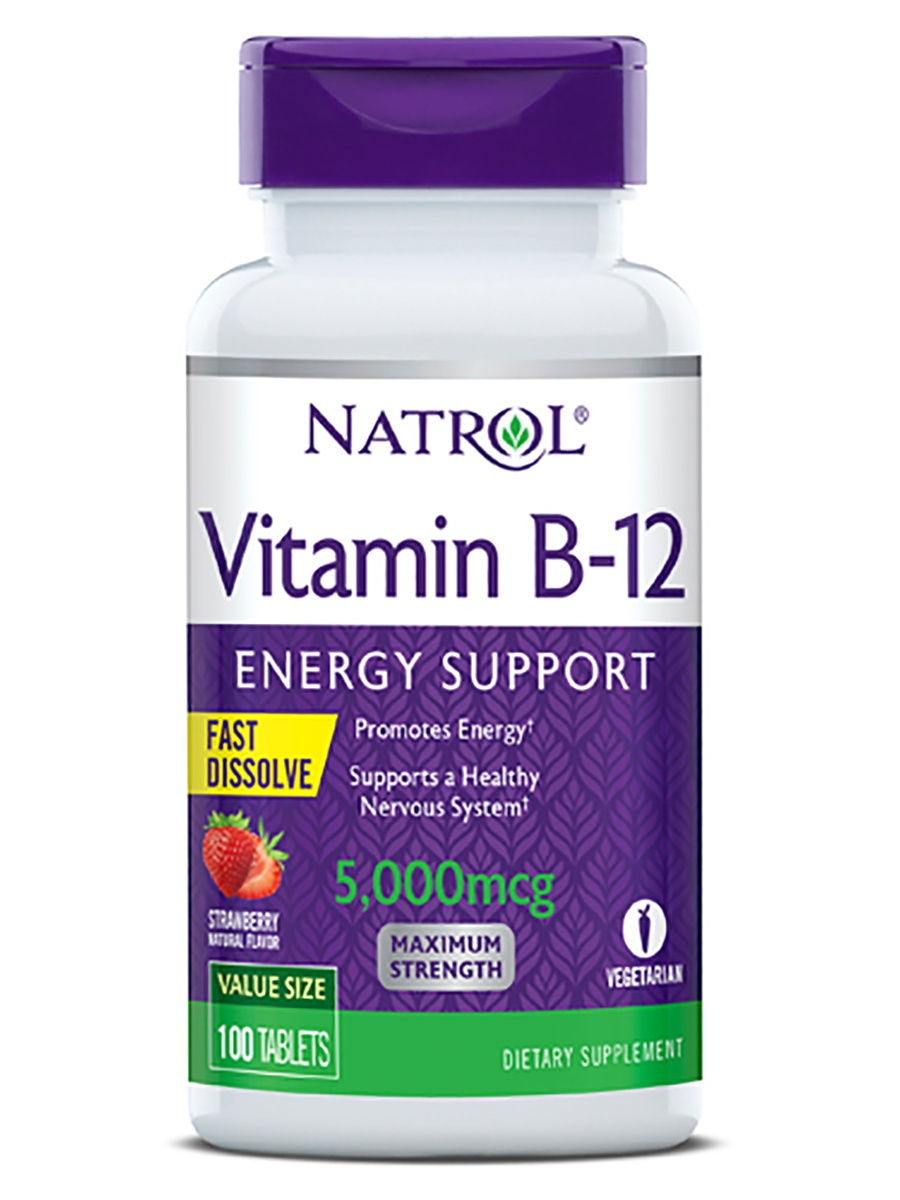
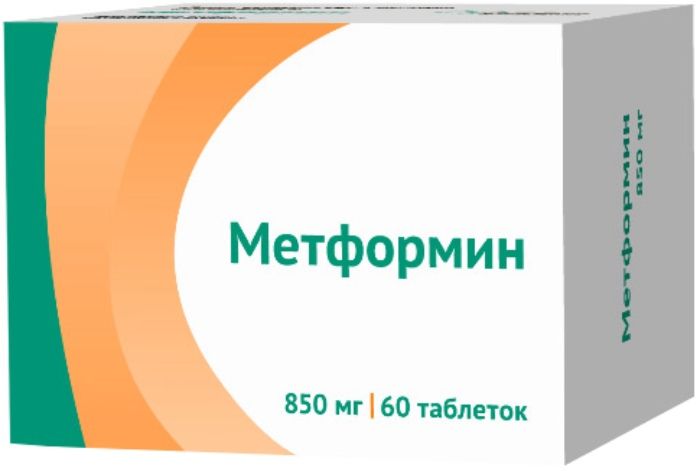
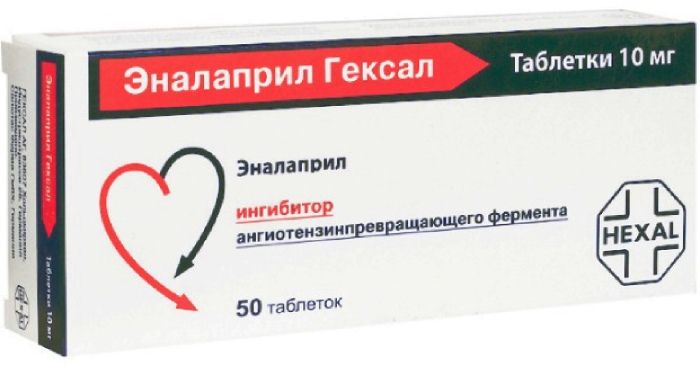
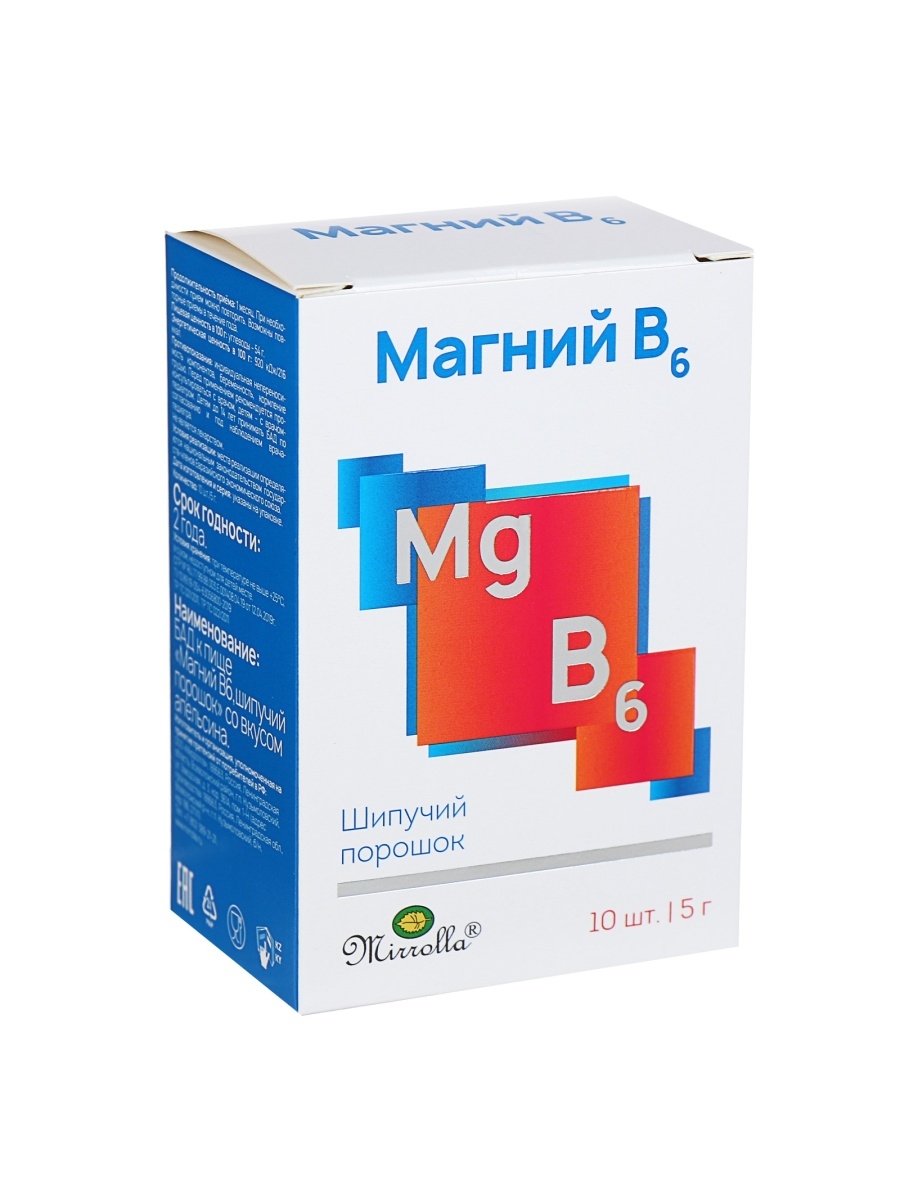





There are no reviews yet.